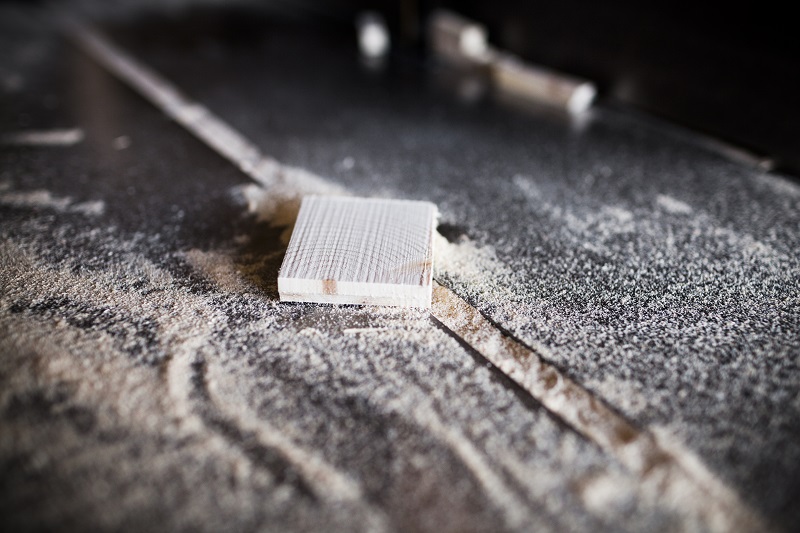Parking lot maintenance is crucial for ensuring the longevity and safety of your investment. A well-maintained parking lot not only enhances the aesthetic appeal of your property but also prevents costly repairs and liabilities. This guide provides essential tips for maintaining asphalt pavements and infrastructure, focusing on effective asphalt paving and parking lot painting strategies.
Importance of Regular Parking Lot Maintenance
Regular maintenance is vital for prolonging the lifespan of your parking lot and preserving its functionality. Neglecting maintenance can lead to various issues, including potholes, cracks, and surface deterioration, which can be costly to repair. By implementing a proactive maintenance plan, property owners can avoid these problems and ensure a safe and attractive parking area for users.
Asphalt Paving: The Foundation of a Durable Parking Lot
Asphalt paving forms the foundation of any parking lot, and its quality directly impacts the overall performance and durability of the surface. Here are key considerations for effective asphalt paving:
1. Proper Installation
The longevity of asphalt pavements depends significantly on the quality of the installation. Ensure that the paving contractor follows industry best practices, including proper base preparation, correct asphalt mixture, and appropriate compaction. A well-prepared base layer is essential to support the weight of vehicles and prevent future damage.
2. Regular Inspections
Routine inspections are crucial for identifying potential issues before they escalate. Look for signs of surface distress such as cracks, rutting, and potholes. Early detection allows for timely repairs and prevents minor issues from becoming major problems.
3. Timely Repairs
Addressing asphalt issues promptly can prevent further damage and extend the life of the pavement. Common repairs include crack sealing, patching, and resurfacing. Crack sealing involves filling cracks with a specialized material to prevent water infiltration, while patching addresses localized areas of damage. Resurfacing, or overlaying, provides a new layer of asphalt to improve the surface’s appearance and performance.
4. Sealcoating
Sealcoating is a preventative maintenance measure that involves applying a protective layer over the asphalt surface. This layer shields the asphalt from UV rays, water, and chemicals that can cause deterioration. Sealcoating should be performed every 2-3 years, depending on traffic and weather conditions.
Parking Lot Painting: Enhancing Safety and Aesthetics
Parking lot painting is an essential aspect of maintaining a functional and visually appealing parking lot. Proper marking and signage contribute to the organization and safety of the parking area. Consider the following tips for effective parking lot painting:
1. Choose Quality Paint
Invest in high-quality, durable paint designed for parking lot applications. Acrylic and epoxy-based paints are popular choices due to their resistance to weather, chemicals, and heavy traffic. Quality paint ensures that the markings remain visible and effective for an extended period.
2. Plan the Layout
A well-planned layout improves traffic flow and maximizes parking space efficiency. Consider factors such as the number of parking spaces, traffic patterns, and accessibility for disabled individuals. Properly marked lanes, crosswalks, and signage enhance safety and guide drivers effectively.
3. Follow Local Regulations
Ensure that your parking lot painting complies with local regulations and standards. This includes adhering to specific guidelines for handicap parking spaces, fire lanes, and directional arrows. Compliance not only ensures safety but also helps avoid potential legal issues.
4. Schedule Regular Repainting
Parking lot markings can fade over time due to weather conditions and heavy traffic. Regular repainting is necessary to maintain clear and visible markings. Depending on traffic volume and weather exposure, repainting may be required every 1-2 years.
5. Consider Reflective Paint
Reflective paint enhances visibility during low-light conditions, improving safety for drivers and pedestrians. Reflective markings are particularly useful for night-time visibility and adverse weather conditions, ensuring that your parking lot remains safe around the clock.
Conclusion
Effective parking lot maintenance is essential for extending the lifespan of asphalt pavements and ensuring the safety and functionality of the infrastructure. By focusing on proper asphalt paving techniques and implementing regular parking lot painting, property owners can preserve the quality and appearance of their parking areas. Regular inspections, timely repairs, and preventative measures such as sealcoating and repainting contribute to a well-maintained parking lot that serves its purpose effectively while minimizing long-term costs.





